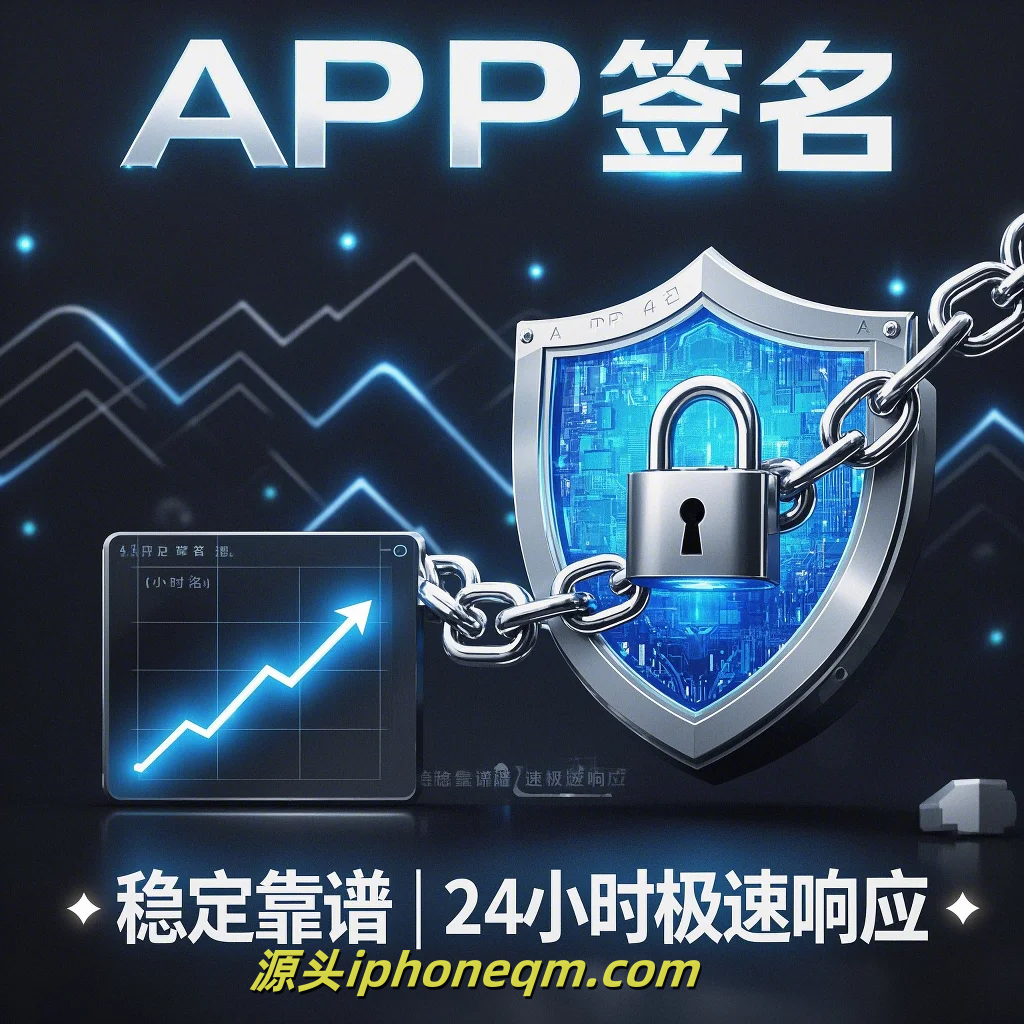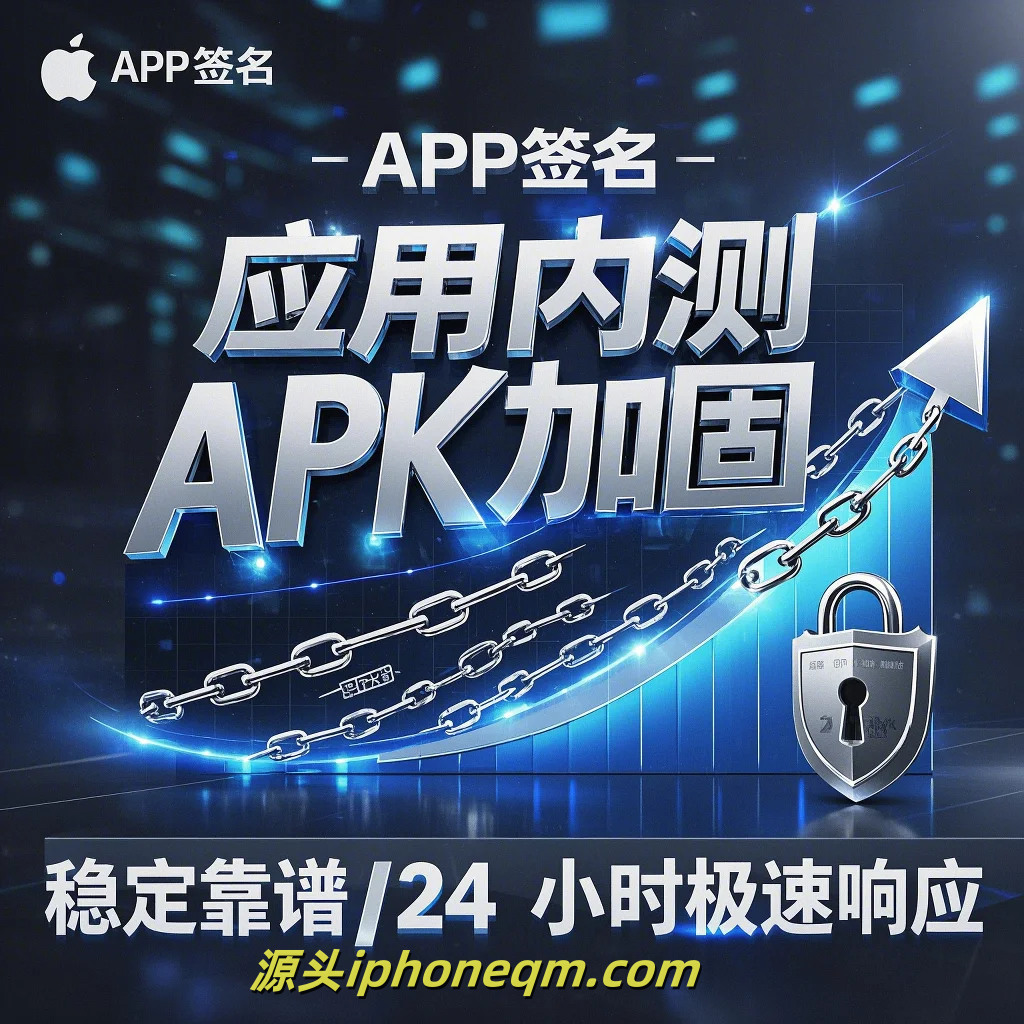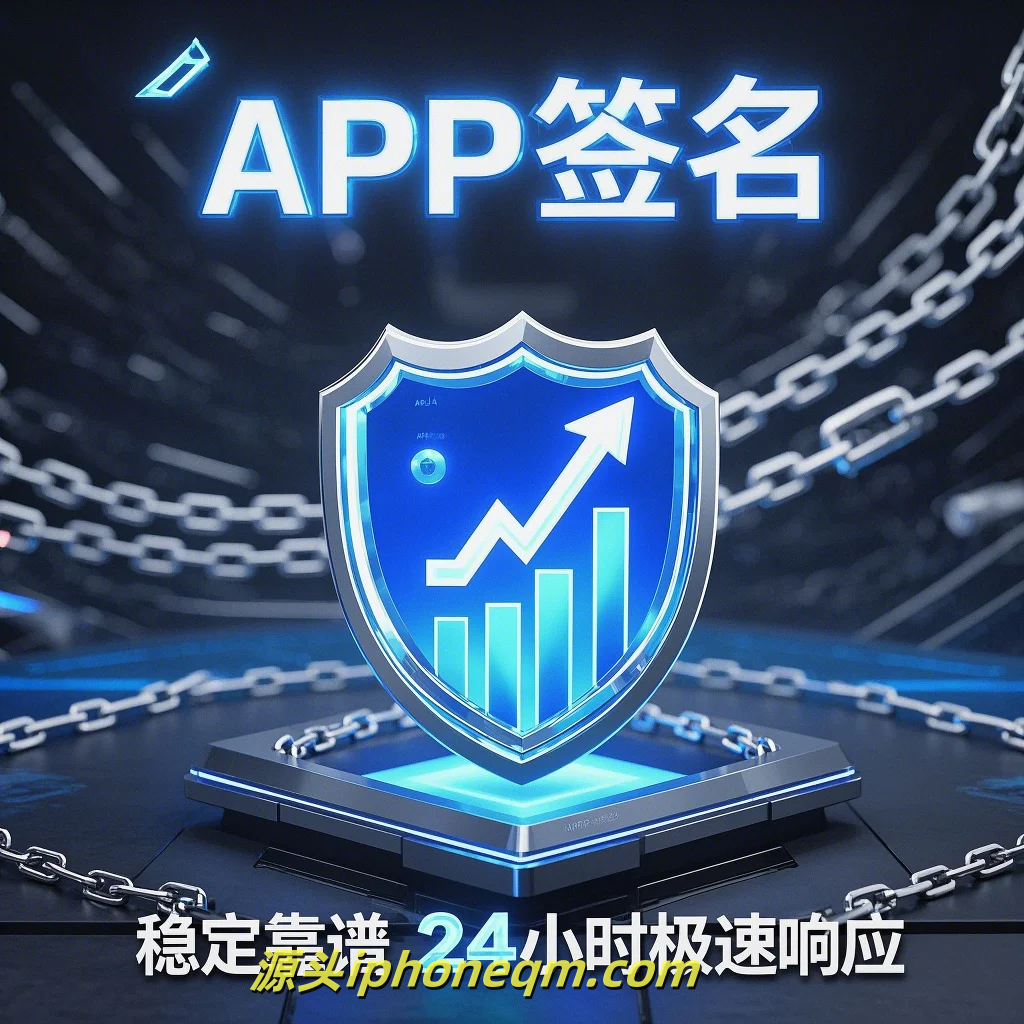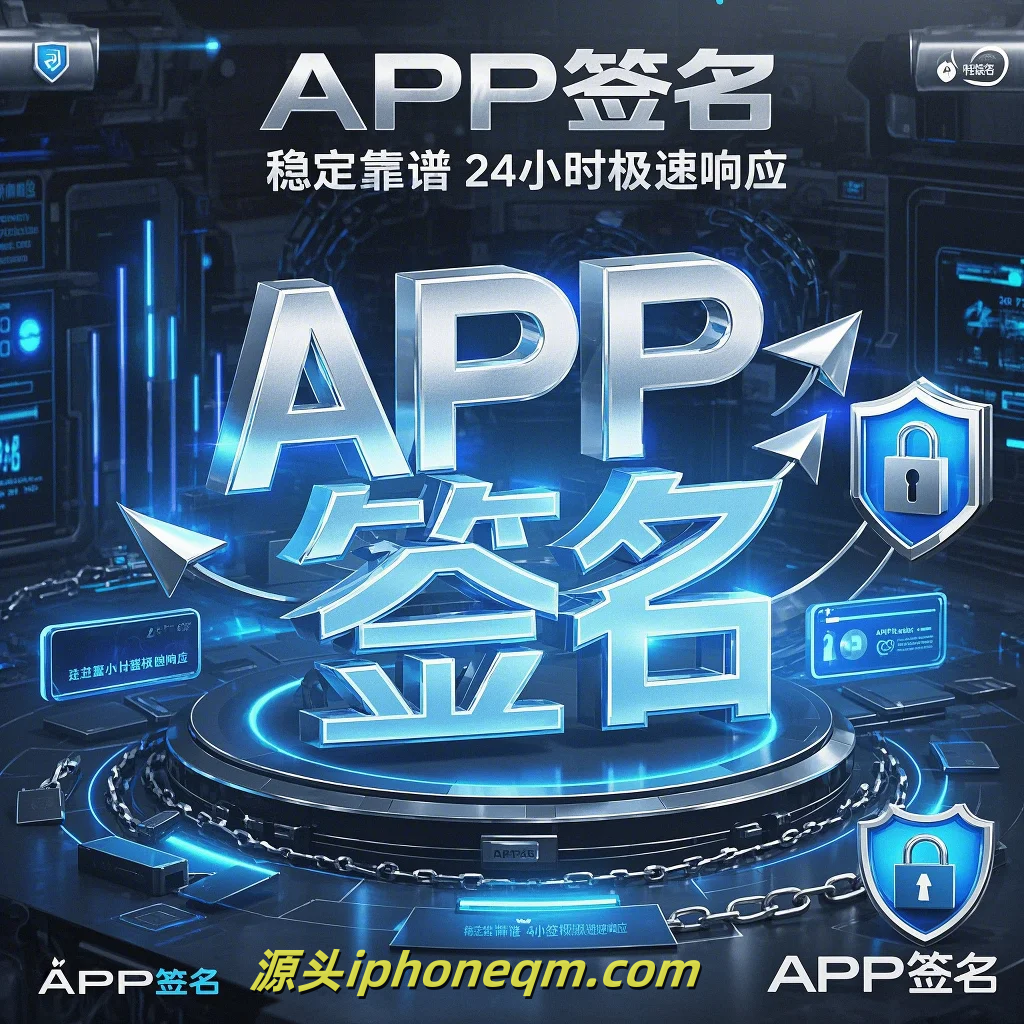Essential Frameworks for iOS Signing Practices

In the ever-evolving landscape of mobile app development, security stands out as a critical aspect that developers cannot overlook. For iOS developers, the signing practices are essential to ensure that the applications they create are secure, trusted, and adequately authenticated. Understanding the frameworks and methodologies surrounding iOS signing practices can significantly enhance an app's stability and security. Let’s dive into some of the essential frameworks and practices that iOS developers should be well-versed in.
First and foremost, Apple’s code signing system is inherently built into the iOS development process. This system verifies the integrity of an app and its source. Every application distributed in the App Store must be signed. The signing process utilizes digital certificates issued by Apple’s Developer Center, which involve a meticulous procedure of obtaining and managing certificates, provisioning profiles, and entitlements. Understanding these components is crucial for any developer aiming to deliver secure applications.
The process begins with the creation of certificates. Developers must generate a Certificate Signing Request (CSR) and submit it to Apple's Developer Center. Once approved, developers receive a signing certificate that allows them to sign their applications. It is important to safeguard these certificates, as unauthorized access can lead to significant security vulnerabilities. Keychain Access on macOS provides a secure way to store these certificates, preventing unauthorized use.
Provisioning profiles are another integral part of the signing process. They define the app’s bundle identifier, specify which devices can run the app, and associate entitlements with the app. Xcode simplifies this process by allowing developers to manage provisioning profiles directly within the IDE. However, developers must ensure that their profiles are up to date, as expired profiles can disrupt the development process or lead to application rejections during the App Store submission.
Entitlements are permissions that grant apps access to specific features on the device, like push notifications or iCloud access. When an app is signed, its entitlement file must be included to ensure that it can access these capabilities. This added layer of security restricts app interactions, safeguarding user data and device functionalities.

Another essential framework to consider is the in-depth understanding of App Transport Security (ATS). Since iOS 9, Apple requires all apps to communicate over secure HTTPS connections. This enforcement enhances user privacy and data security, making it crucial for developers to understand and implement ATS. By ensuring that all connections are securely established, developers can protect user data from potential threats during data transfers.
In addition to these foundational practices, regularly updating knowledge about the latest signing methods and security measures is vital. Apple frequently updates its security guidelines and frameworks, and staying informed ensures that developers can anticipate changes and adapt accordingly. Following Apple's official documentation, participating in developer forums, and attending workshops can provide valuable insights into best practices and evolving standards.
Overall, the intersection of development and security in iOS signing cannot be understated. Embracing these essential frameworks not only solidifies an app’s credibility but also enhances the user’s trust in the application. By diligently following signing practices, including managing certificates, provisioning profiles, entitlements, and adhering to security protocols such as ATS, developers can craft glowing user experiences that prioritize safety and security.
In conclusion, mastering iOS signing practices is fundamental for developers looking to thrive in a competitive market. The responsibility of ensuring an app is not just functional but also secure lies in the hands of developers. Therefore, investing time and effort into understanding and implementing robust signing frameworks is an investment in the future of app security and user satisfaction.
扫描二维码推送至手机访问。
版权声明:本文由MDM苹果签名,IPA签名,苹果企业签名,苹果超级签,ios企业签名,iphoneqm.com发布,如需转载请注明出处。












